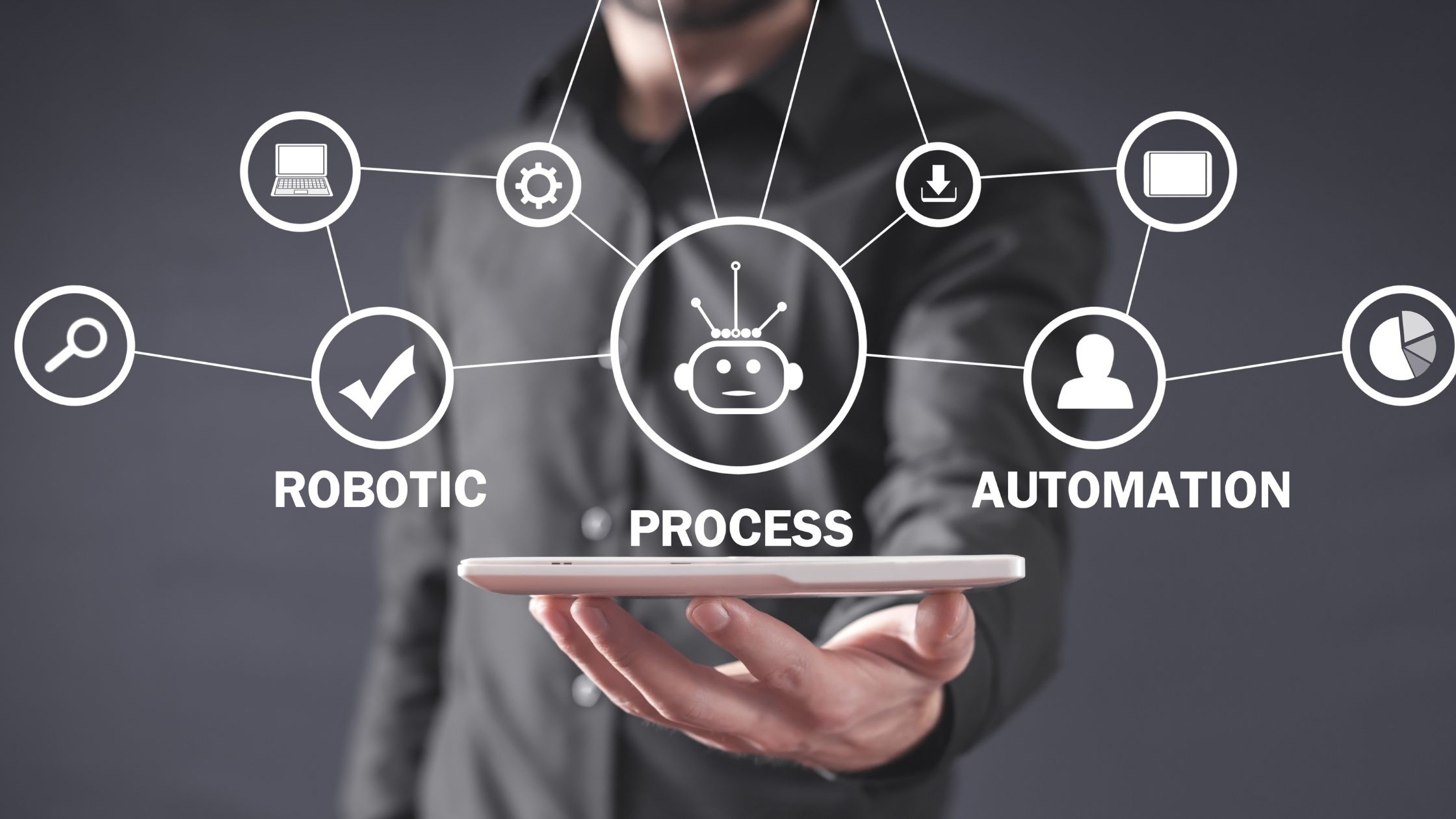In this blog, we discuss top RPA predictions for the year 2022. Read on to find out more…
More RPA Platform Migrations are on the way
We projected in late 2020 that RPA platform migrations would become prevalent in 2021, and the year did not disappoint. Competitive account migrations between RPA vendors were plentiful as RPA programs turned to other providers to address a variety of challenges with their current vendors.
Returns from their present vendors have been disappointing.
With less sophisticated methods, the time to bot deployment is increased.
Better price options, or at the very least a reduction in their ever-increasing automation overhead
More RPA Vendor Consolidation Is on the Way
According to Gartner, the RPA software market has expanded dramatically in recent years, with over 60 suppliers currently in the market. They anticipate that there will not be a significant increase of newcomers. The major four (Microsoft Power Automate, UiPath, Blue Prism, and Automation Anywhere) will maintain their supremacy as they compete for the top spot. However, as established vendors make a strategic move in the RPA software area, we foresee increasing specialization, consolidation, and niche use cases.
For example, large business software vendors like Salesforce and SAP have already included automation features in order to consolidate their current market position and meet an expanding market and changing customer expectations.
The Speed of Hyperautomation Will Continue to Increase
Hyperautomation remains a top strategic trend in a variety of industries. While achieving scale has been difficult, the benefits of task automation have been enormous. Organizations now want to take the next step by developing end-to-end automation toolchains to automate increasingly complicated operations with artificial intelligence (AI) and machine learning (ML).
Semantic Automation will be Used more Frequently
Another strategic trend that is nearing completion is semantic automation. It differs from developer-led rules-based task automation. Semantic automation is the process of observing a process or task and teaching bots to replicate it without explicit instruction or coding. Using AI and machine learning technologies such as OCR (optical character recognition), business users can spearhead automation implementation by prompting semantic bots to complete a task or process, bringing RPA programs closer to the scale desired by many.
Scaling RPA will Remain Elusive
RPA programs continue to mature and expand their bot portfolio with each passing year, but it hasn’t been an easy route. The ease of implementation was exaggerated. RPA platforms are typically sophisticated development environments. Automation teams are struggling to reach their targets and the expectations of the business because they are unable to offer automated operations at a faster rate.
While RPA projects are implementing more essential technologies to speed and democratize automation design, increase RPA standardization and governance, and reduce break-fix cycles through proactive change management, the required scale will remain a challenge until 2022.

Leave a Reply